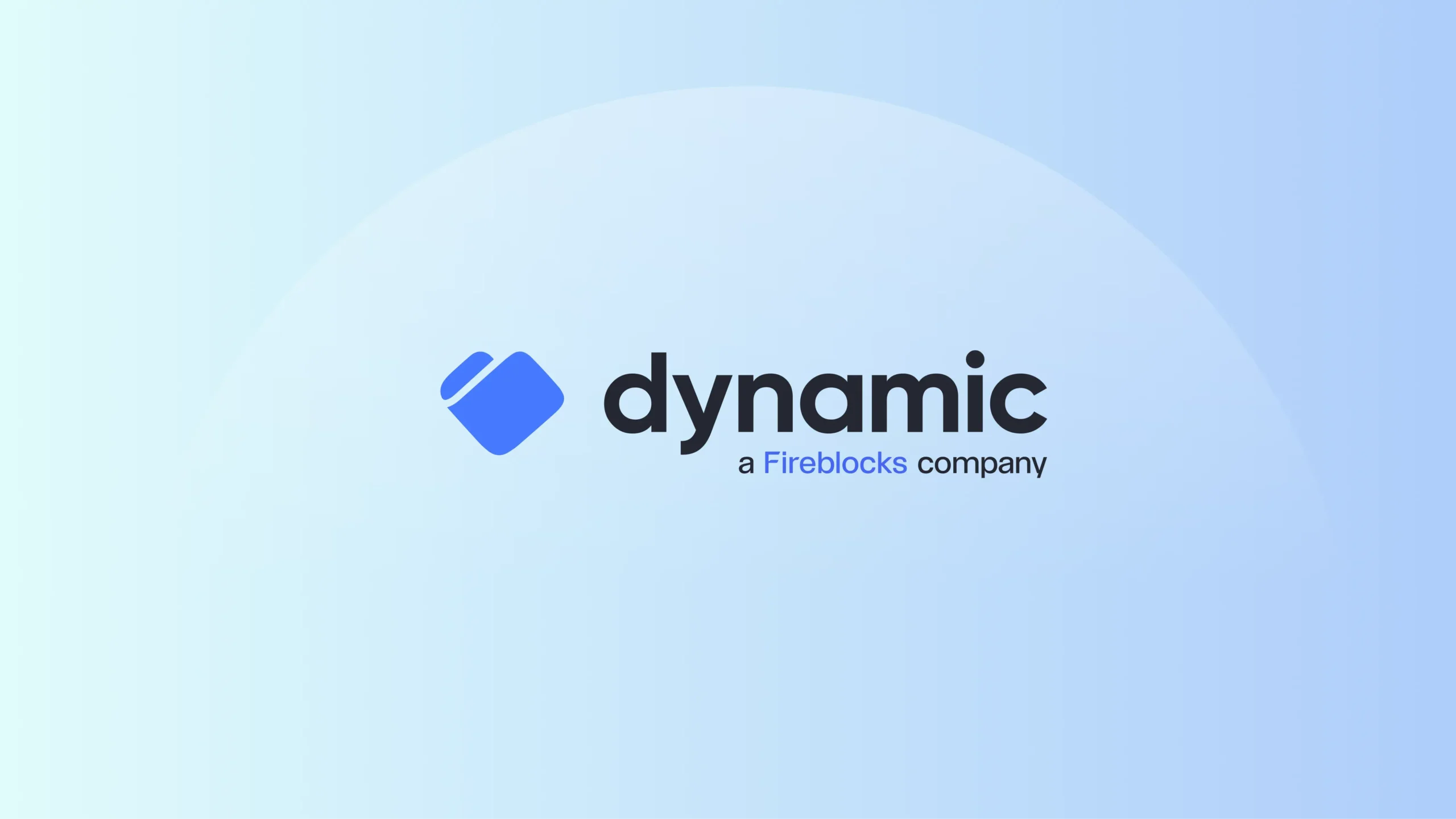With a market cap of over $2 billion and $100 million traded in the last 24 hours, we are excited to partner with NEM to launch XEM token support on the Fireblocks Network. The new NEM integration provides over 170 financial institutions with secure access to XEM.
NEM is a blockchain platform that offers the native token XEM, as well as a wide variety of custom development possibilities. NEM has the unique distinction of having zero downtime, chain hacks, or major outages since launching in 2015.
XEM for Capital Markets
Fireblocks users can now securely store, transfer and exchange XEM on the Fireblocks Network. The Fireblocks Network connects institutions to exchanges, OTCs, liquidity providers, and lending desks. This enables instant and secure exchange rebalancing, post-trade settlement, and clearing. With Fireblocks’ REST API, you can also launch NEM blockchain and XEM token support for retail customers and investors.
Fireblocks is the only institutional platform that secures digital assets in storage and transfer using multi-layer security technology – combining both MPC and hardware isolation. To learn more about the next generation of private key security, MPC, check out the MPC 101 guide.
I am excited about the partnership with Fireblocks which will support NEM NIS1 and XEM. Fireblocks allows institutional XEM holders to securely store and exchange XEM between counterparties whilst allowing instant settlement. This is a big step forward for the NEM ecosystem as Fireblocks will also allow the rapid onboarding of payment and staking services to our community.
About NEM
With an emphasis on speed and scalability, NEM is intended to be easily customizable for any business looking to build or iterate on blockchain applications. NEM refers to their blockchain as a “developer’s sandbox” due to its powerful API and easy integration with any programming language; some development possibilities for NEM include voting, asset exchange, and rewards programs.
NEM aims to provide users with an efficient way to move and verify digital assets across public and private blockchains. The protocol provides a “private blockchain option,” enabling developers complete control over internal data privacy when a public blockchain isn’t ideal for their use case.

